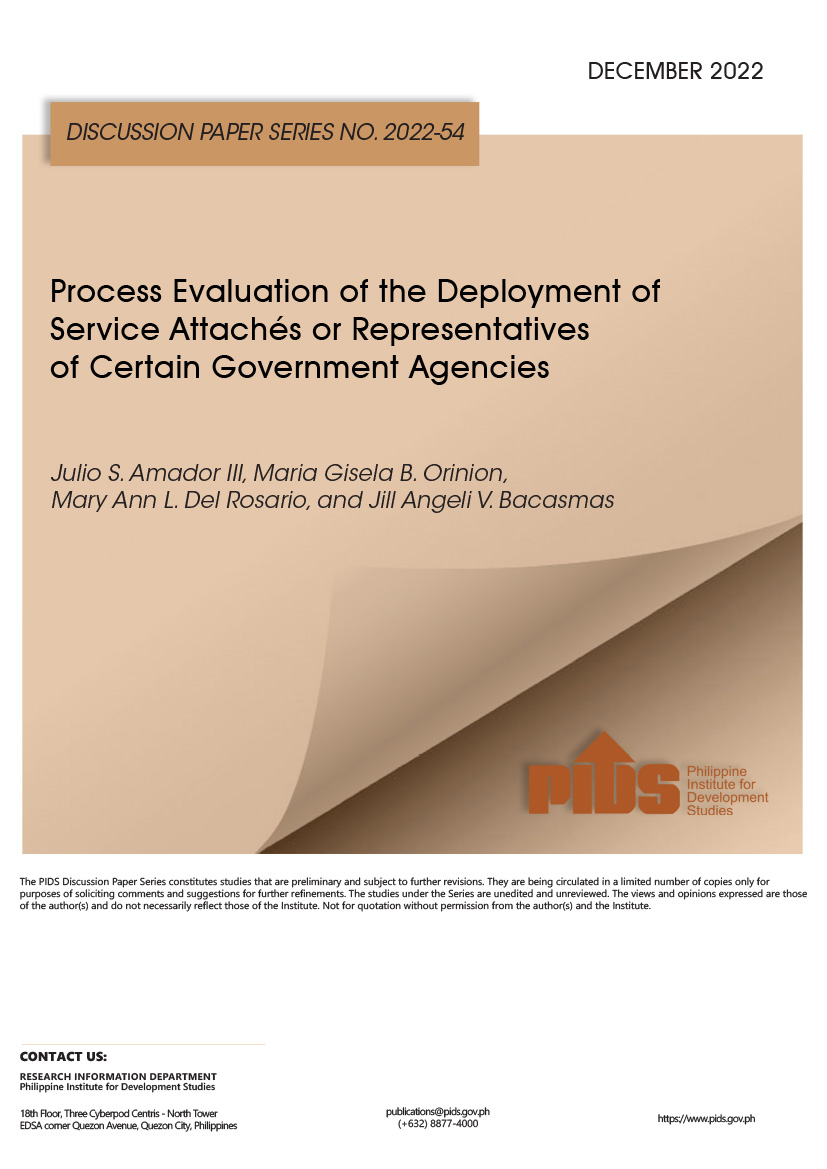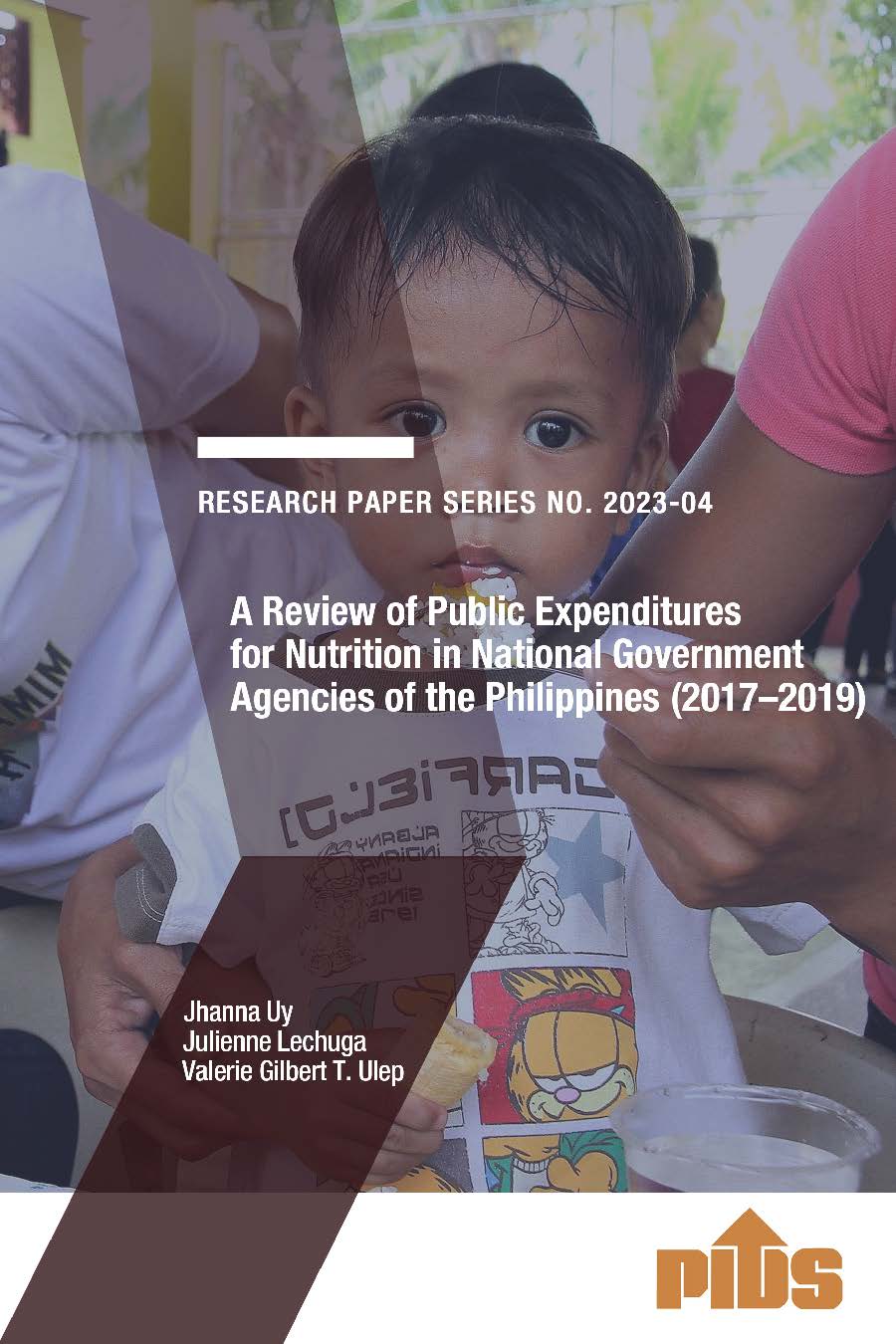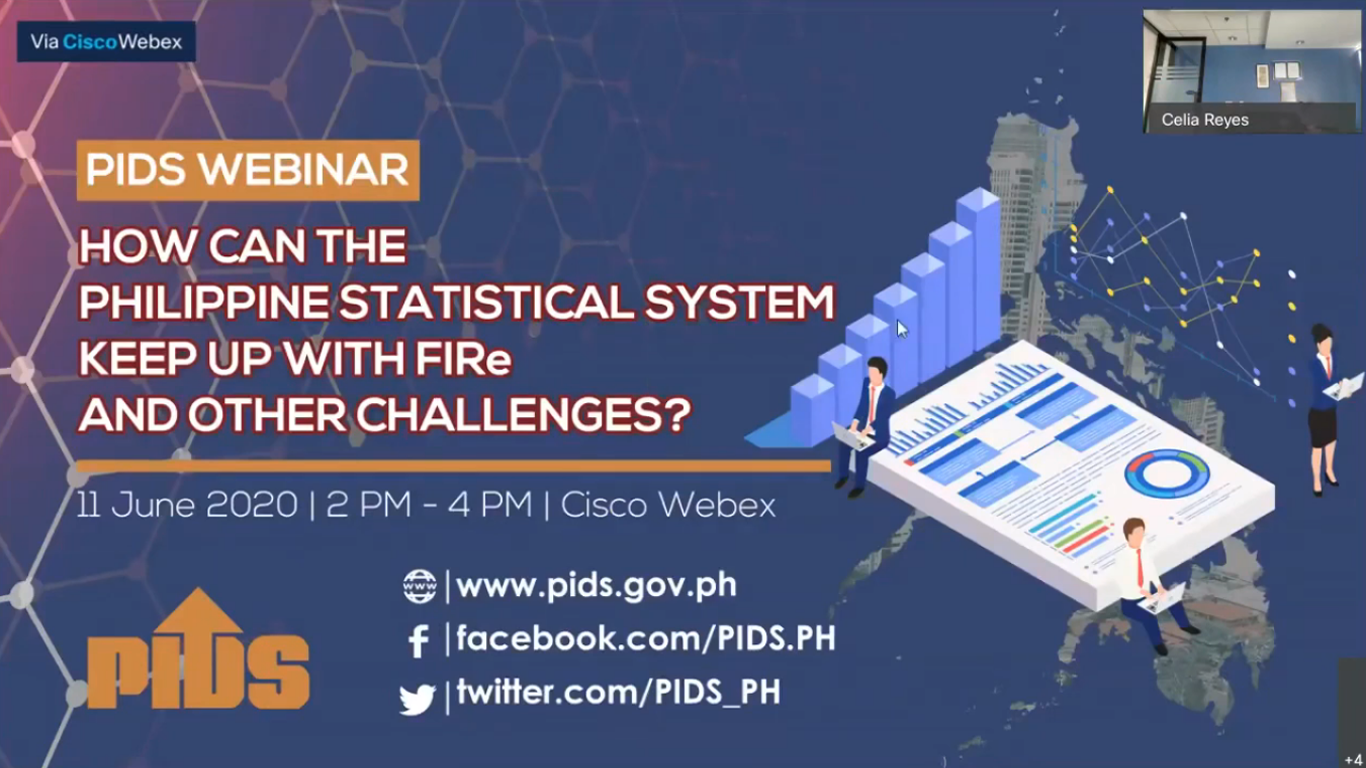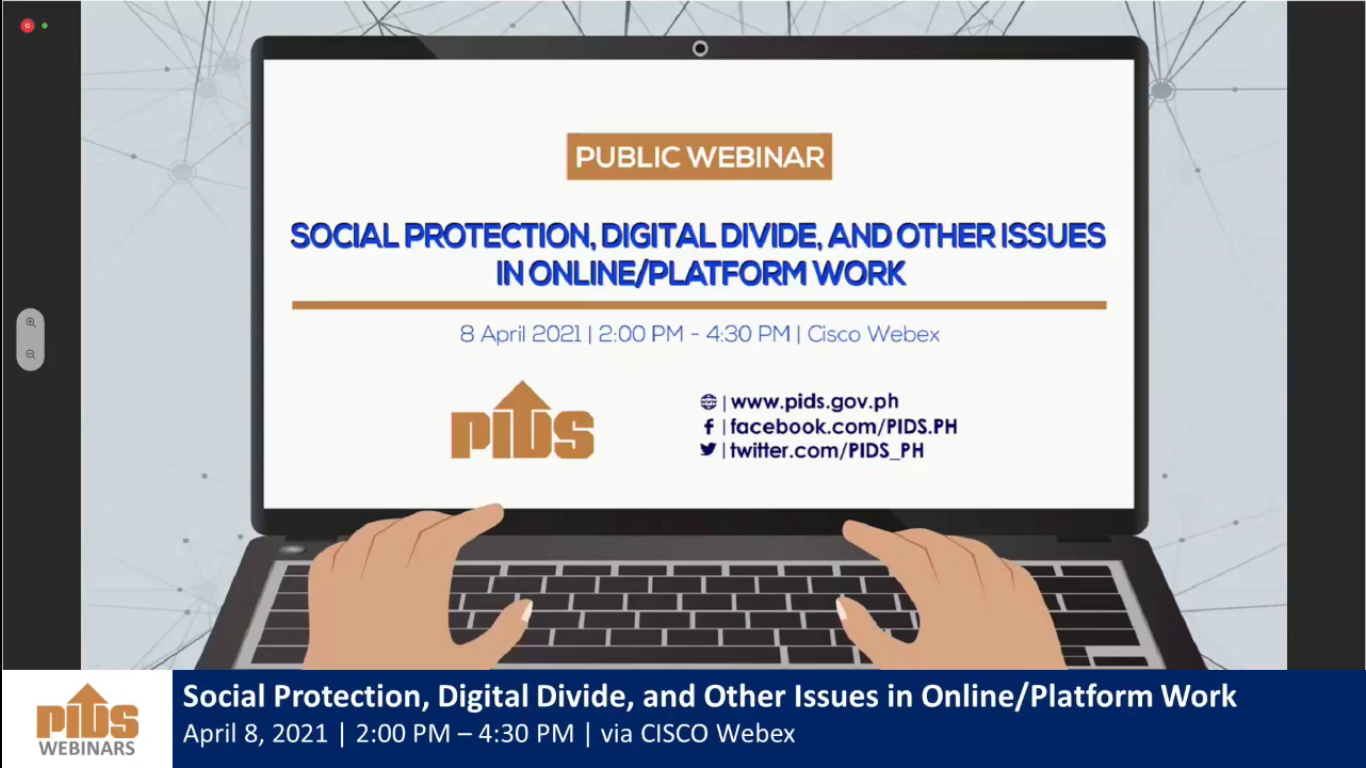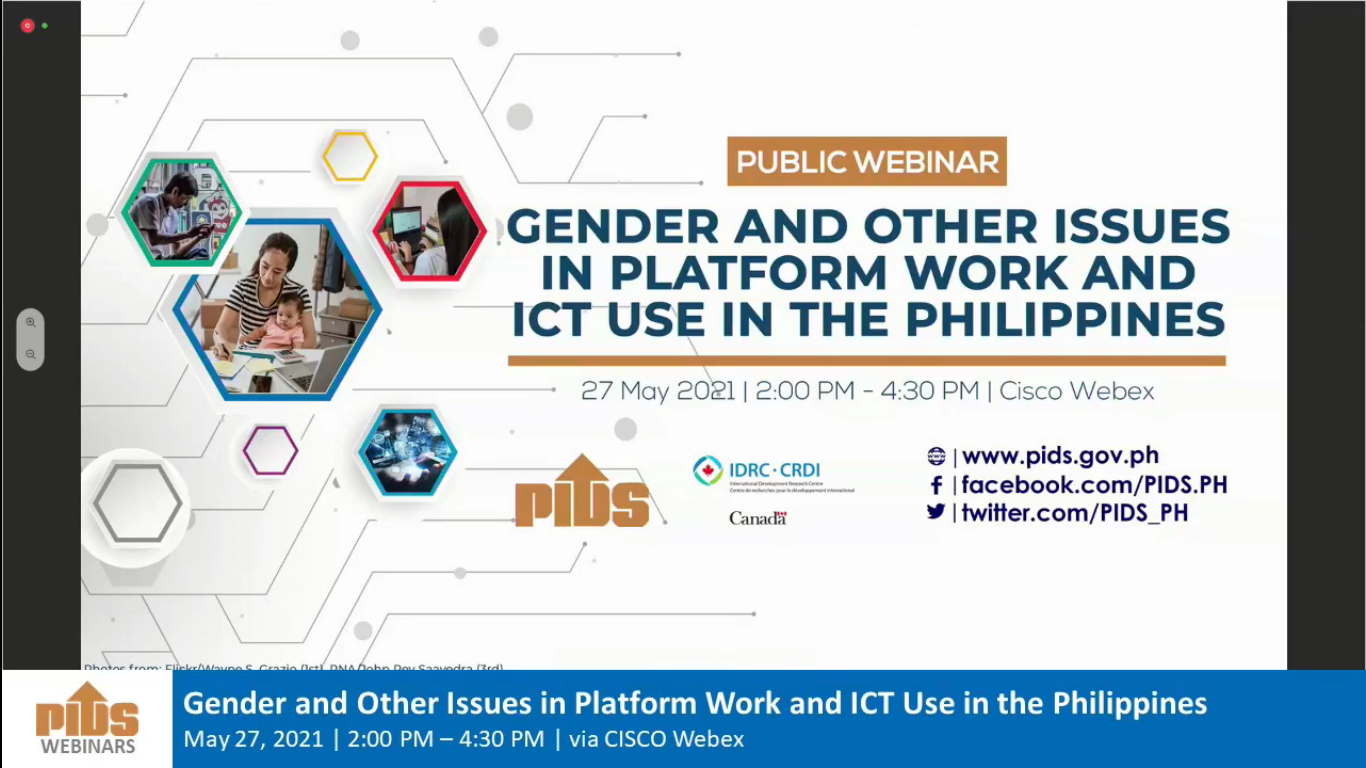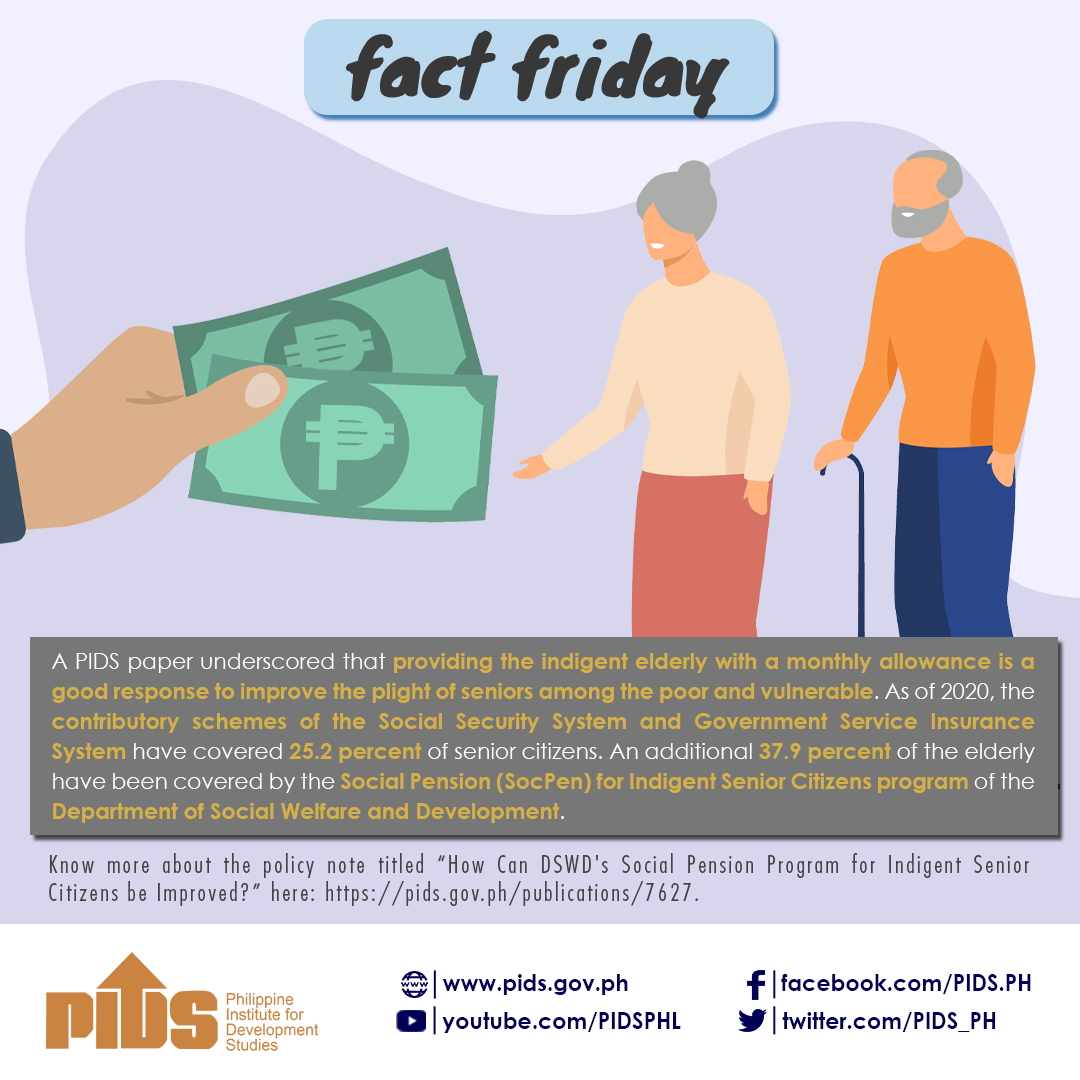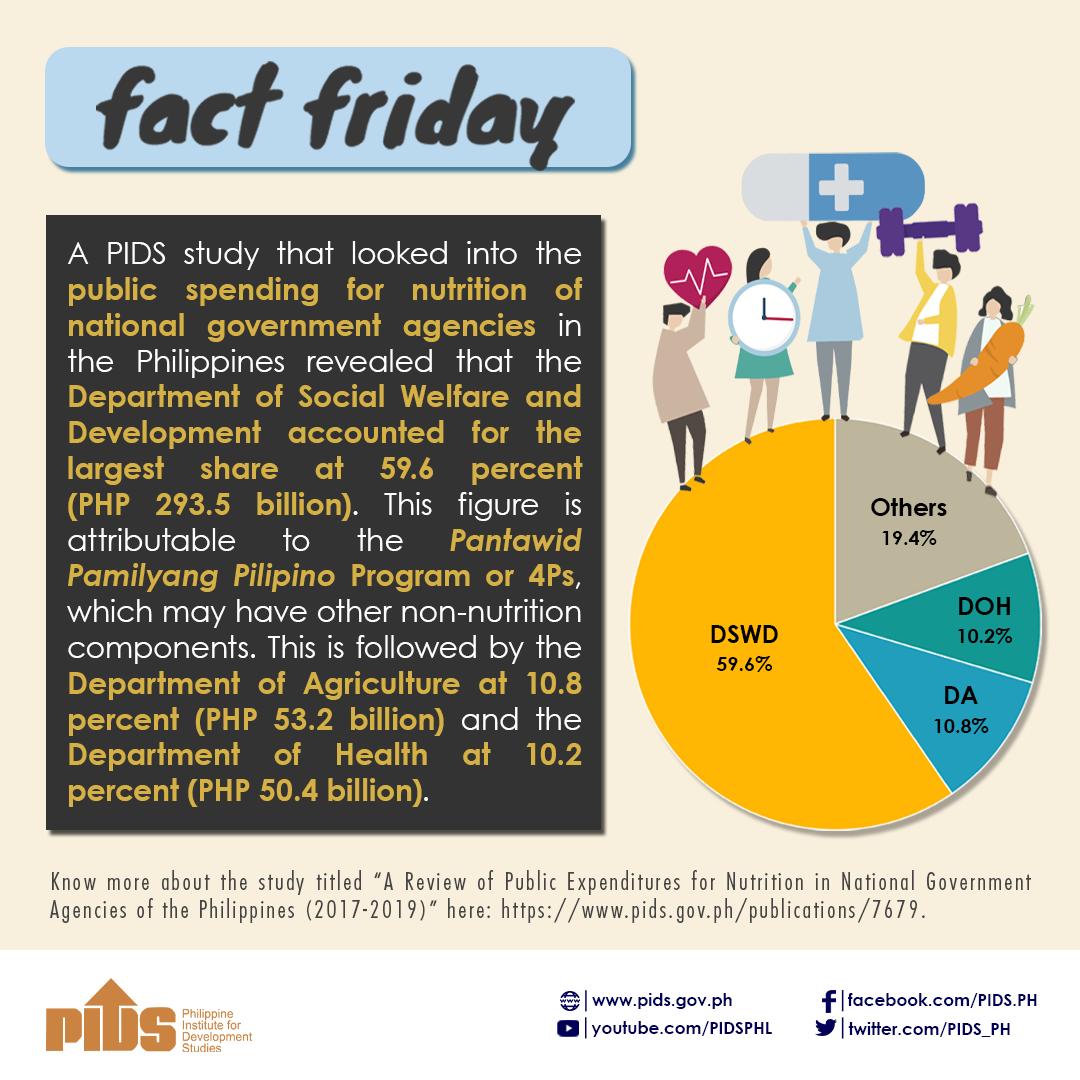There are more than 12,000 families out in the streets of Metro Manila alone.
MANILA, Philippines – The Department of Social Welfare and Development (DSWD) urged local government units and other government agencies to do their part in solving the problem of street dwellers in the country, especially in Metro Manila.
The DSWD on Tuesday, December 20, presented the results of the consultation it conducted to enhance the programs for street families.
It said the following steps must be done by various agencies:
ï‚· Department of the Interior and Local Government (DILG) – strengthen implementation of the barangay code ï‚· Department of Education (DepEd) – clarify overlapping programs for the education of street children ï‚· Department of Health (DOH) – expand Philhealth coverage to street families ï‚· Department of Labor and Employment (DOLE) – establish programs for livelihood assistance ï‚· National Housing Authority (NHA) – review policies qualifying street families for housing assistance
"We cannot always be just rescuing children from the streets and then returning them to their families again and again and again. So long as the conditions of their families and their communities do not change, children from impoverished families will continue to go to the streets of cities and municipalities to beg for change or food, and in the process endanger their own safety and lives," DSWD Secretary Judy Taguiwalo said.
She also stressed the crucial role of the DILG in realizing the goal of rescuing over 12,000 street families – in Metro Manila alone.
"We need to improve the capacity of LGUs when it comes to their response to the needs of street children and families. Hindi tama na patay-sindi ang mga hakbang natin (It's not right that our initiatives are on and off)," she said.
Senate finance committee chairperson Loren Legarda, who attended the DSWD presentation, said barangay captains must draw families out of the streets and craft a program to rehabilitate them. (READ: How poverty affects street children psychologically)
Legarda added that under the 2017 national budget, already ratified by both houses of Congress and pending the President's signature, an additional P3 billion is allocated to PhilHealth to cover the medical needs of indigent families, including those out in the streets.
"They don't need to present a PhilHealth ID, an endorsement from a politician... as long as they go to a state hospital, their medical needs are free," said the senator in Filipino.
Street kids in PH
During its outreach program, the DSWD found that only 4 of the 158 families sampled in Manila are part of the government's flagship anti-poverty initiative, the Pantawid Pamilyang Pilipino Program (4Ps).
These families are made up of 505 individuals who are mostly children. More than a quarter (26%) are kids 1 to 4 years old while 22% are 9 to 12 and 18% are 13 to 16 years old. (READ: Children of the streets)
The Philippine Institute for Development Studies (PIDS) estimated in 2010 that there were about 45,000 to 50,000 street children around the country. Hope, a non-governmental organization working on children's welfare, puts the figure at up to 250,000 nationwide.
The DSWD is encouraging the public to report sightings of street kids through the Twitter account @savestreetkids, or for those in Metro Manila, through the hotline 734-8623.
MANILA, Philippines – The Department of Social Welfare and Development (DSWD) urged local government units and other government agencies to do their part in solving the problem of street dwellers in the country, especially in Metro Manila.
The DSWD on Tuesday, December 20, presented the results of the consultation it conducted to enhance the programs for street families.
It said the following steps must be done by various agencies:
ï‚· Department of the Interior and Local Government (DILG) – strengthen implementation of the barangay code ï‚· Department of Education (DepEd) – clarify overlapping programs for the education of street children ï‚· Department of Health (DOH) – expand Philhealth coverage to street families ï‚· Department of Labor and Employment (DOLE) – establish programs for livelihood assistance ï‚· National Housing Authority (NHA) – review policies qualifying street families for housing assistance
"We cannot always be just rescuing children from the streets and then returning them to their families again and again and again. So long as the conditions of their families and their communities do not change, children from impoverished families will continue to go to the streets of cities and municipalities to beg for change or food, and in the process endanger their own safety and lives," DSWD Secretary Judy Taguiwalo said.
She also stressed the crucial role of the DILG in realizing the goal of rescuing over 12,000 street families – in Metro Manila alone.
"We need to improve the capacity of LGUs when it comes to their response to the needs of street children and families. Hindi tama na patay-sindi ang mga hakbang natin (It's not right that our initiatives are on and off)," she said.
Senate finance committee chairperson Loren Legarda, who attended the DSWD presentation, said barangay captains must draw families out of the streets and craft a program to rehabilitate them. (READ: How poverty affects street children psychologically)
Legarda added that under the 2017 national budget, already ratified by both houses of Congress and pending the President's signature, an additional P3 billion is allocated to PhilHealth to cover the medical needs of indigent families, including those out in the streets.
"They don't need to present a PhilHealth ID, an endorsement from a politician... as long as they go to a state hospital, their medical needs are free," said the senator in Filipino.
Street kids in PH
During its outreach program, the DSWD found that only 4 of the 158 families sampled in Manila are part of the government's flagship anti-poverty initiative, the Pantawid Pamilyang Pilipino Program (4Ps).
These families are made up of 505 individuals who are mostly children. More than a quarter (26%) are kids 1 to 4 years old while 22% are 9 to 12 and 18% are 13 to 16 years old. (READ: Children of the streets)
The Philippine Institute for Development Studies (PIDS) estimated in 2010 that there were about 45,000 to 50,000 street children around the country. Hope, a non-governmental organization working on children's welfare, puts the figure at up to 250,000 nationwide.
The DSWD is encouraging the public to report sightings of street kids through the Twitter account @savestreetkids, or for those in Metro Manila, through the hotline 734-8623.

